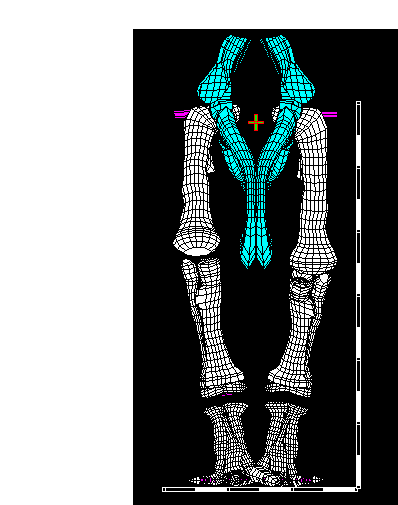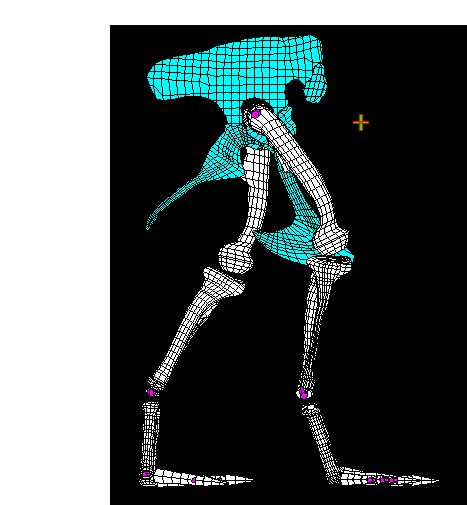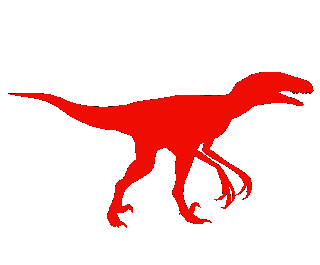
A paleontological site was located by Alain Cabot in Mèze in Hérault County in the south of France.
Next
Photo : J. PEZIN
It was discovered in strata dating from the Upper Cretaceous Period of the Mesozoic Era (75 to 65 million years ago), consisting of layers of yellow ochre clay interspersed with several layers of calcareous sandstone incorporating plant roots. The site is particularly interesting on account of its size (15 sq miles) and its geographical position.
Sites with dinosaur eggs are infrequent and the majority that have been discovered date from the Upper Cretaceous. In Europe in prehistoric times there were few areas that had emerged from the sea that were suitable as nests.
The dinosaur eggs that were laid inland, on the surface, were destroyed either by the weather or by predators. On the other hand, eggs that were laid in sand or in the mud-flats on the edge of rivers, lakes or marshes, were on occasion quickly buried and subsequently fossilised.

This is in fact what occurred in a wide band of low-lying land (the Durancian Isthmus) which ran from what is now French Provence to northern Spain, jutting out into what has since become the Mediterranean (the Mediterranean, the Alps and the Pyrenees did not exist at the time).
Previously, only one nesting site had been discovered in Provence, a few minor sites on either side of the Pyrenees and a few isolated sites in Languedoc. The Mèze site, which is just starting to provide information, is by far the most important by its size, the density of the finds, and by the methodical, scientific exploration techniques being used. It suggests that suitable sites for the dinosaurs to lay their eggs stretched in a continuous band all along the Durancian Isthmus.
An important contribution made by the study of dinosaur eggs from the Upper Cretaceous Period :
Dinosaur egg shells are the most frequently discovered fossils from the « brief » period that preceded the dinosaurs’ extinction. In addition, eggs have been found in all geological formations corresponding to the period, from the oldest to the most recent. By following the evolution in their shapes from the beginning to the end of the period, scientists are acquiring a good idea of the changes in the diversity of the eggs and thus the diversity of the dinosaurs.
Using morphological, microstructural and ultrastructural analyses the different types of dinosaur egg can be determined very precisely. Taking into consideration their shape, size and the crystalline structure, it is also possible to relate them to specific types of reptile (crocodiles, geckos, tortoises), bird and dinosaur.
Thus by examining the eggs found on sites in southern France, nearly a dozen different types of dinosaur egg have been or are in the process of being described by scientists. In the event, an extremely thick, highly decorated, previously unknown type of shell has been discovered in Mèze.
